A Look Back at Formula 1’s Most Memorable Moments
Featuring Soviet tanks surrounding a Hungarian race track, a historic Michael Schumacher win, and a lightning-fast Lewis Hamilton pit stop.
Assouline’s lavish new coffee table book Formula 1: The Impossible Collection illustrates the world’s fastest and most luxurious motorsport through 100 hand-picked moments selected by veteran F1 reporter Brad Spurgeon. Now, Spurgeon is opening up to Maxim about his 10 favorite F1 moments, featuring a Soviet tank-surrounded Hungarian track, a historic Michael Schumacher win for Ferrari, and a lightning-fast Lewis Hamilton pit stop. Hold onto your Alcantara seat as Spurgeon speeds into F1’s rich and racy history below:
Jean Todt Leaves Ferrari to Lead FIA
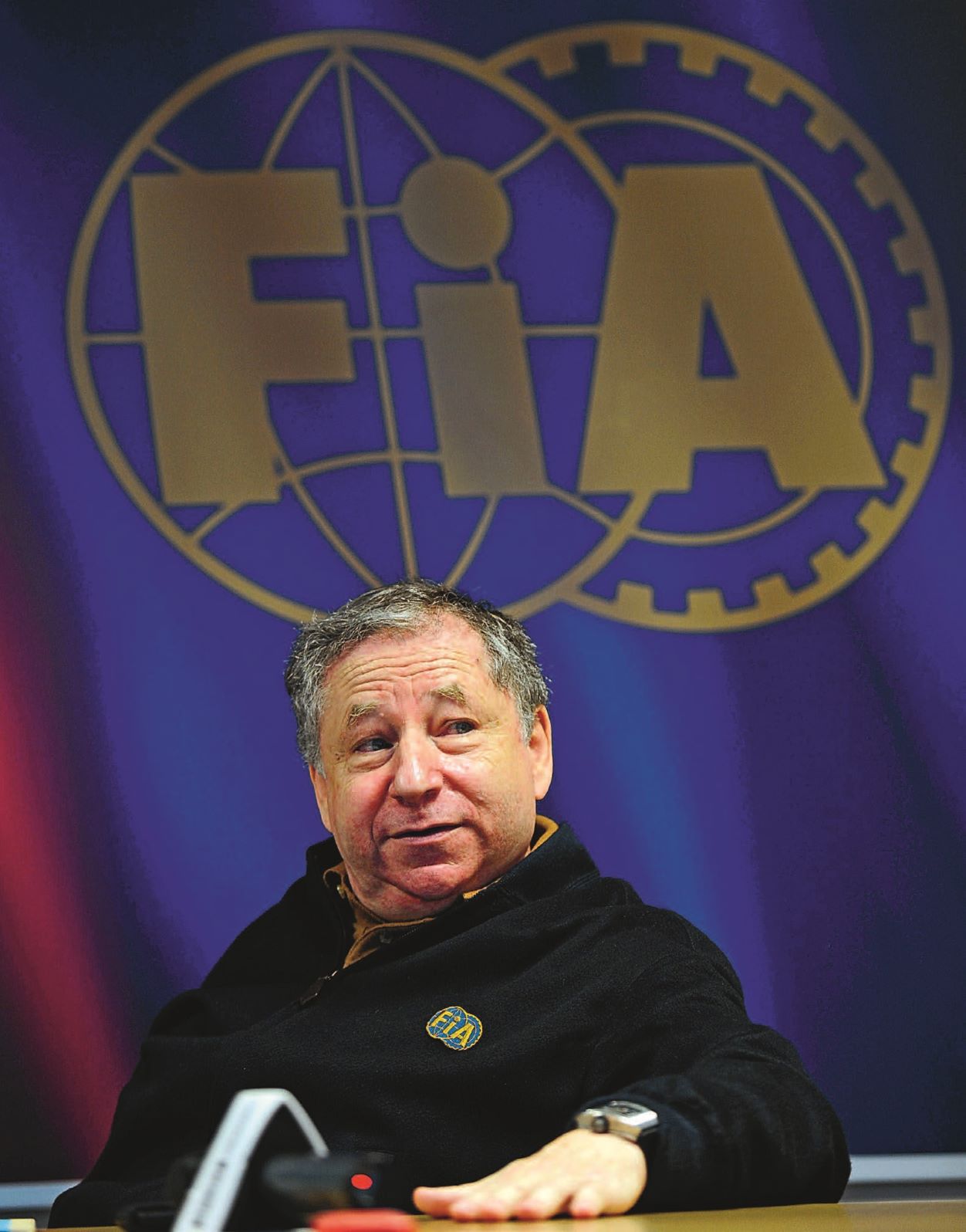
“Probably no one in Formula One today has had the all-encompassing career of Jean Todt, who has won as either co-driver or team director all the major forms of car racing: Rally, hill climb, rally raid, endurance and Formula One. Moment No. 92 in the list, was during the year 2009, when the Frenchman left the Ferrari team that he had transformed as losers when he joined in 1993, to the most successful, dominant team ever, and then became the president of the governing body of world motor sport: the International Automobile Federation.”
“Todt is still FIA president today, and not only does he oversee racing – including Formula One – but he leads an aggressive international road safety campaign at the FIA, and since 2015 as the United Nations Secretary General’s Special Envoy for Road Safety.”
First Grand Prix Behind the Iron Curtain
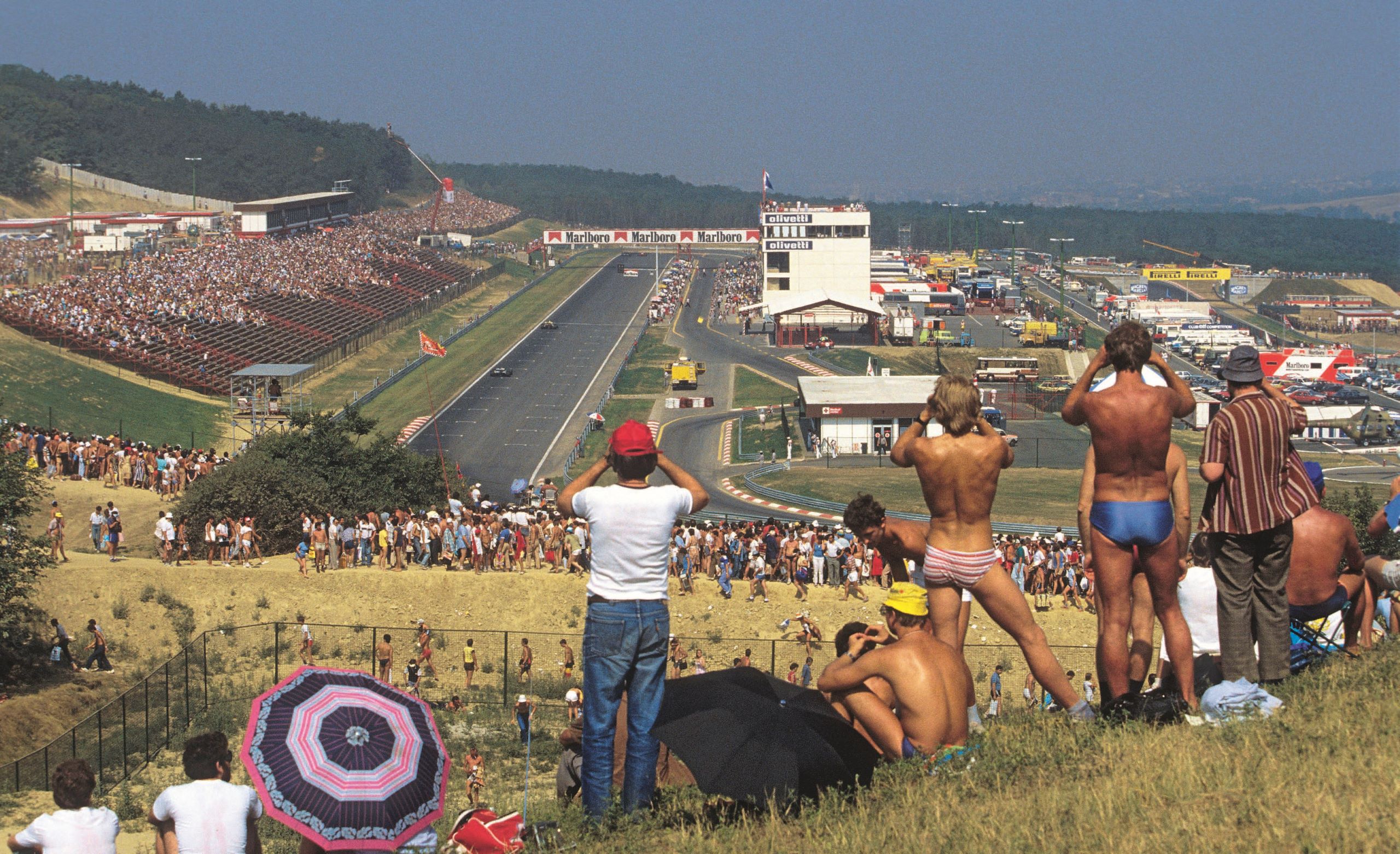
“Moment 55, 10 August 1986: So much comes together for me with this moment of the first ever Hungarian Grand Prix, also the first race behind Iron Curtain. Not only did it mark the beginning of the series’ efforts to expand around the world, but it had a fabulous story behind it.”
“Flying over Hungary while returning from a failed effort to get a race in Russia, a Hungarian associate of Bernie Ecclestone, the series leader, suggest they stage the race in the country below them. The photo is an exceptional period piece, but it is also exceptional for what we don’t see: The Soviet tanks that encircled the hills around the track to make sure nothing got out of hand!”
Grand Prix Trio in the U.S.
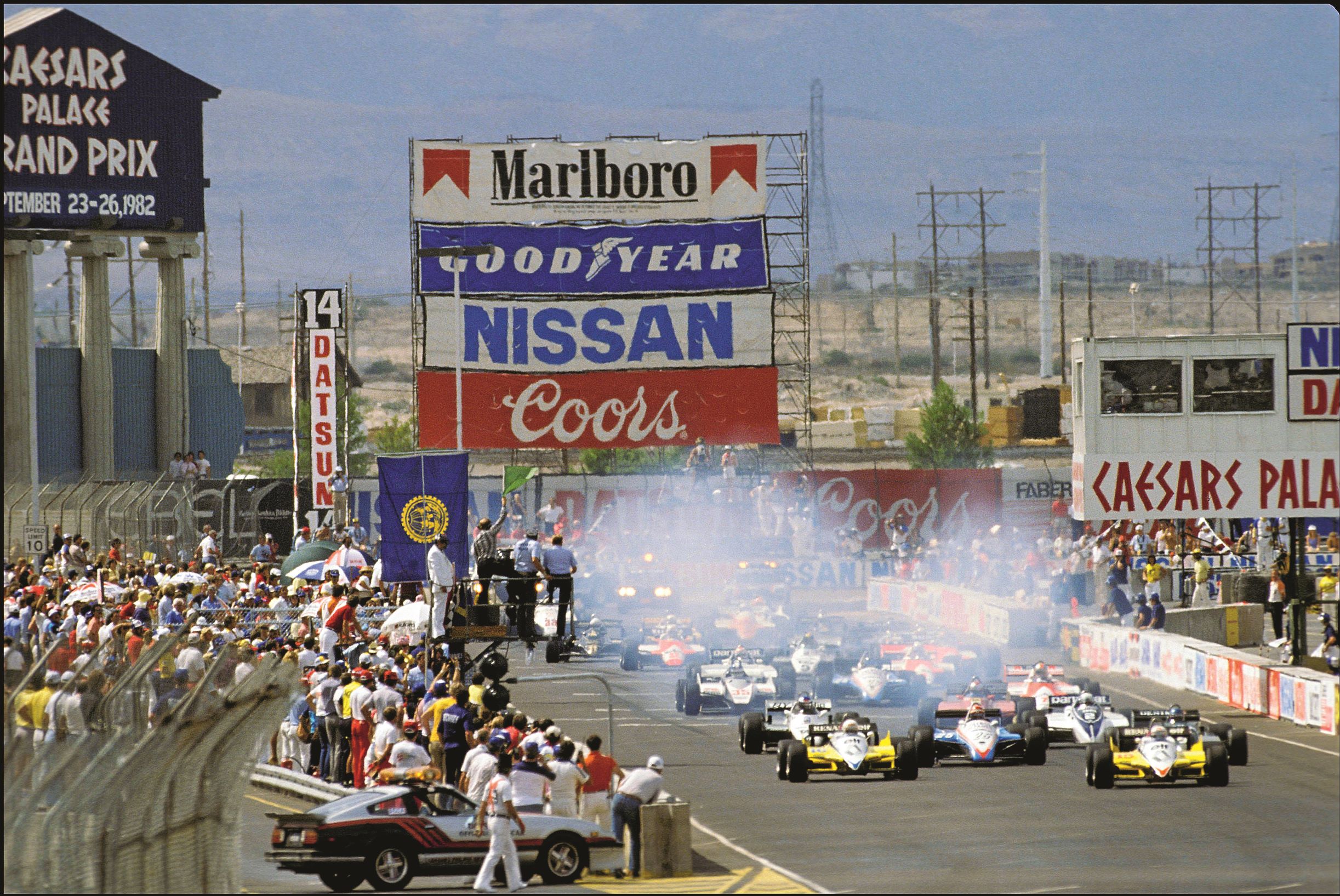
“There are few greater sporting success stories than American football, baseball or hockey. Formula One has been trying to crack that U.S. market for decades, but if it is one of the most popular sports series globally, a massive American popularity always eluded it.”
“So I had to put this unique moment into the list, Moment No. 47, for the year 1982: The only time Formula One staged three races in the same country in a single season was in… the United States, with races in Long Beach, Detroit and Las Vegas! (Until last year, that is, when the coronavirus pandemic made a mess of the planned season, and three races ran in Italy to make up lost ones.)”
Lewis Hamilton’s Remarkable Rookie Season
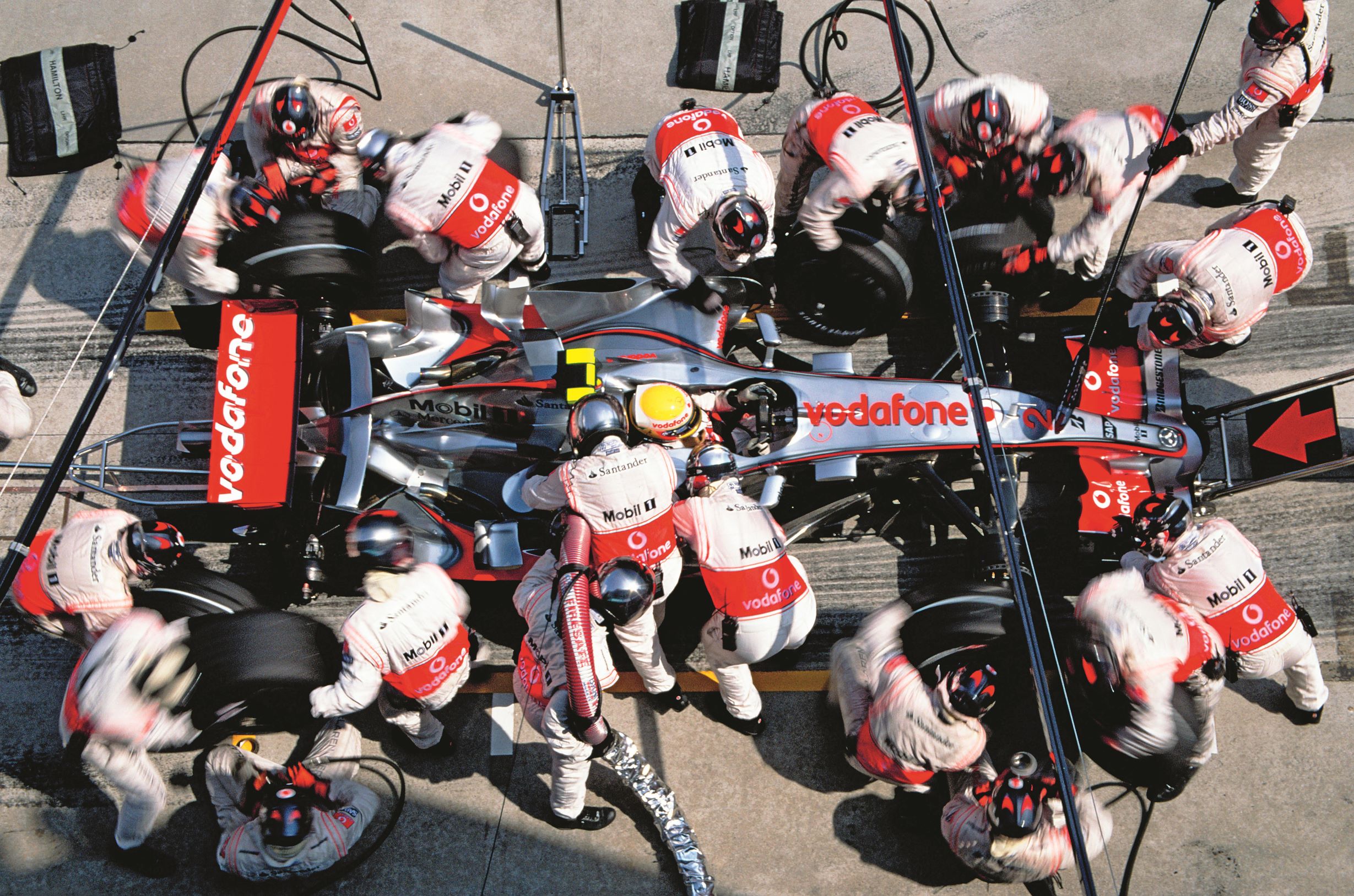
“Although I naturally found several ‘Impossible’ moments in Lewis Hamilton’s long career, there was nothing quite so impossible seeming than the string of results he put together in his rookie season, in 2007, driving for the team that had been nurturing him since he was a go-karting sensation as a child.
“He finished third in his first race, second in his second race – during which this photo was taken – then second in the following three races before winning the Canadian Grand Prix, and then the U.S. Grand Prix in Indianapolis a week later! No surprise that he has now equaled Michael Schumacher’s record of seven world drivers’ titles and beaten his record of victories, as he gets close to 100 career wins.”
Inside an F1 Cockpit

“This X-ray of the Toyota Formula One car with the driver sitting in it was not one of the 100 moments, but it was an image that I desperately wanted to get across about what Formula One drivers do as part of the ethos of an Assouline book of exceptional achievements. I will never forget when I was given the opportunity to find out what it was like to sit in a Formula One car and so felt how the driver is practically lying down with his back against the road with practically no visibility of the kind we associate with driving a road car.”
“His body position is designed to favor a low center of gravity to favor the aerodynamics and weight distribution, with the knees at head level, and only the skimpiest of areas over which to see the road ahead.”
Michael Schumacher’s First Ferrari Win
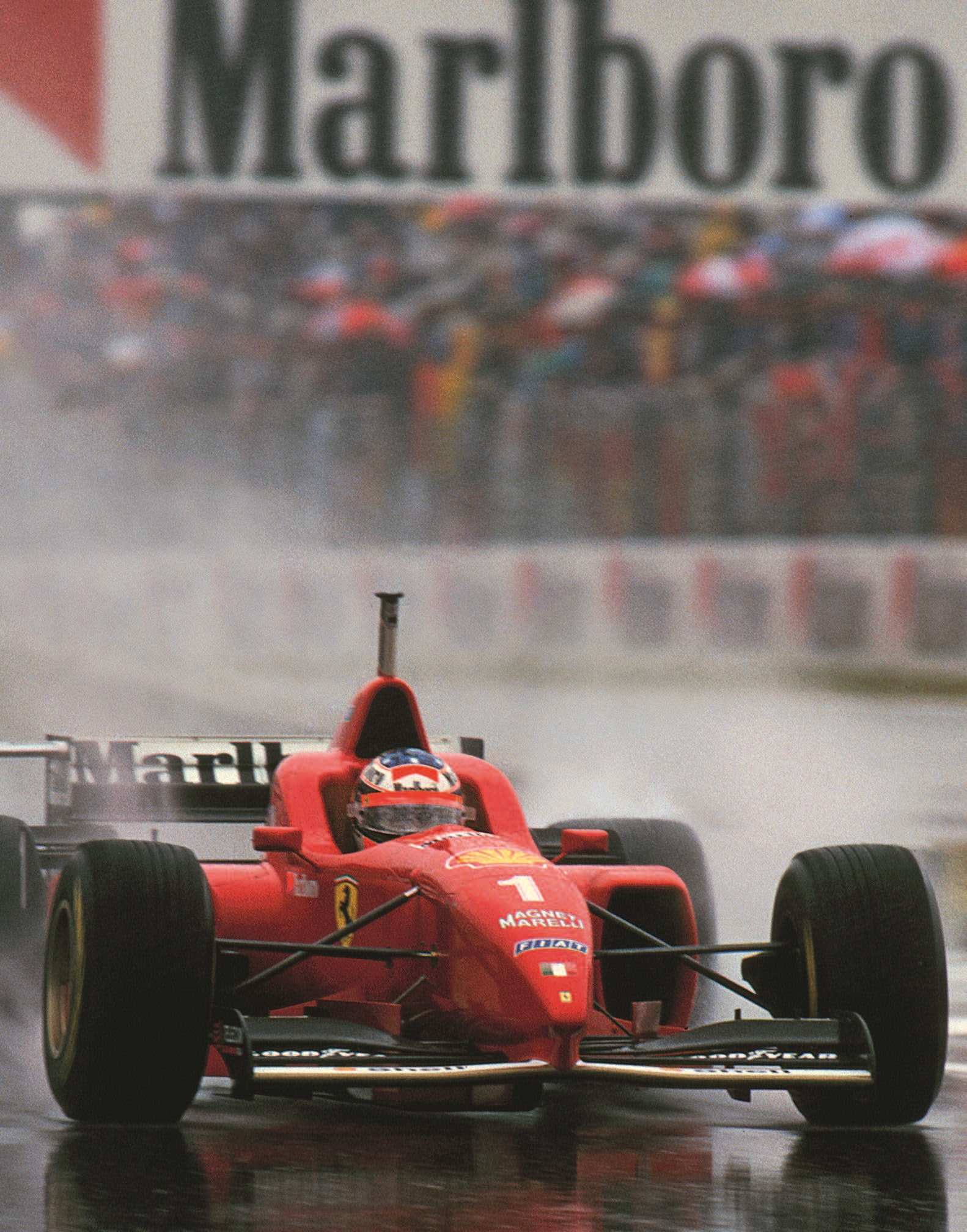
“I can still remember the feeling of jubilation and respect that I had when I saw Michael Schumacher win his first race for Ferrari at the Spanish Grand Prix of 1996. It was an affirmation of my own thoughts – and that of most fans, I think – that if you gave the then two-time world champion a winning car he would win the championship. Ferrari had not won a drivers’ title since 1979, with Jody Scheckter, and had descended into disarray, but here was Schumacher, winning in only his seventh race driving for the team in a car not yet ready to win.”
“That is what really made it fit into the Assouline “Impossible” kind of moment for me – it is Moment No. 72 in the book – that Schumacher was a master of racing in wet conditions, so even with a car not as good as the others, the driver made up for everything, taking victory in treacherous conditions.”
McLaren’s Bond-Worthy HQ
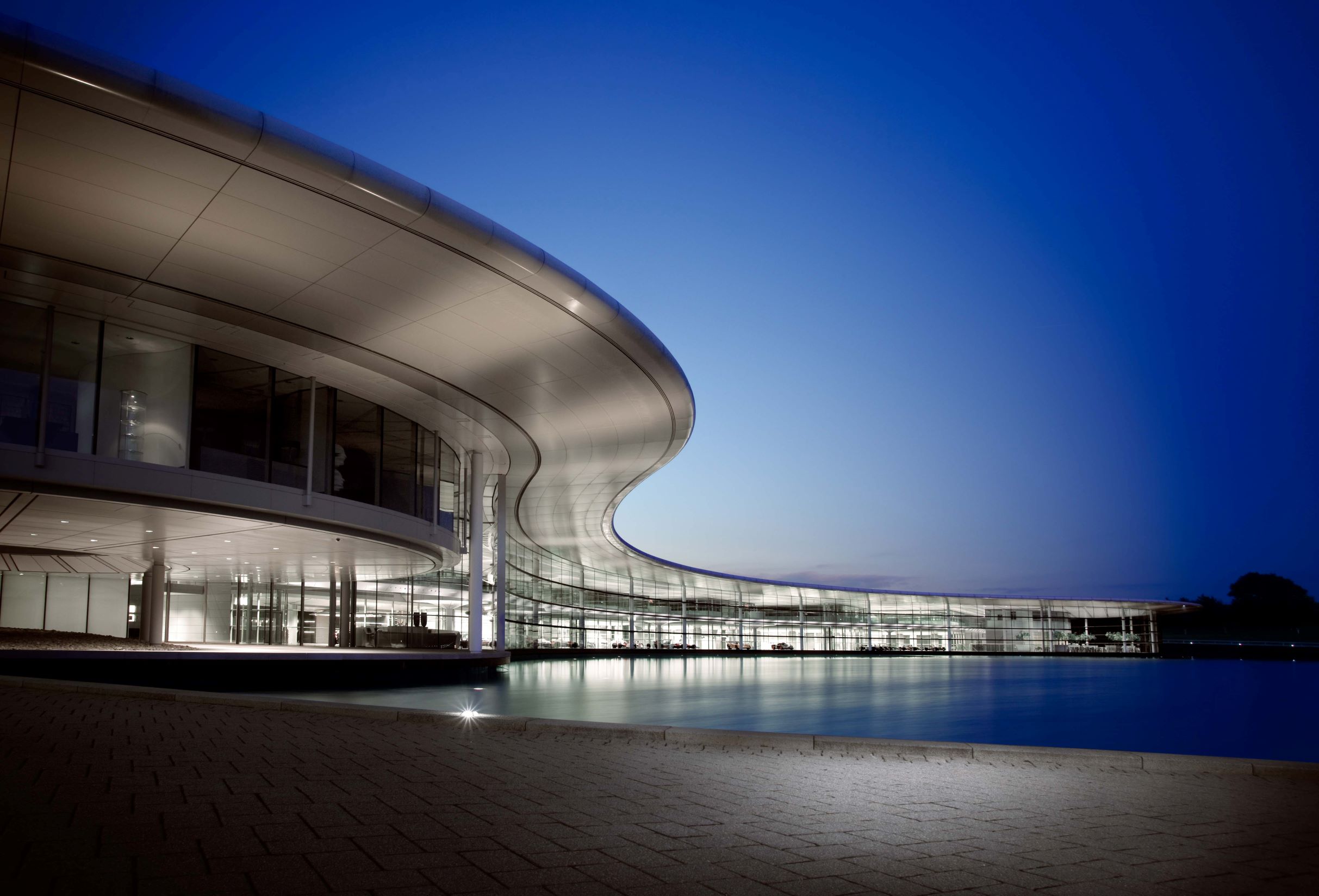
“I’ll never forget the tour that I had of McLaren’s factory around the time of its inauguration in 2004, and my feeling of being invited into a James Bond complex in the English countryside. Every room was high-tech and pristine, be it designed for meetings, building the car or just taking a break.”
“It was a dreamlike place that also seems to fit the Assouline ‘Impossible’ theme perfectly. With its Lord Norman Foster designed “Technology Centre,” (Foster also designed the new Apple headquarters in Cupertino) McLaren set a standard that no other team ever met.”
Bruce McLaren’s Revolutionary Record
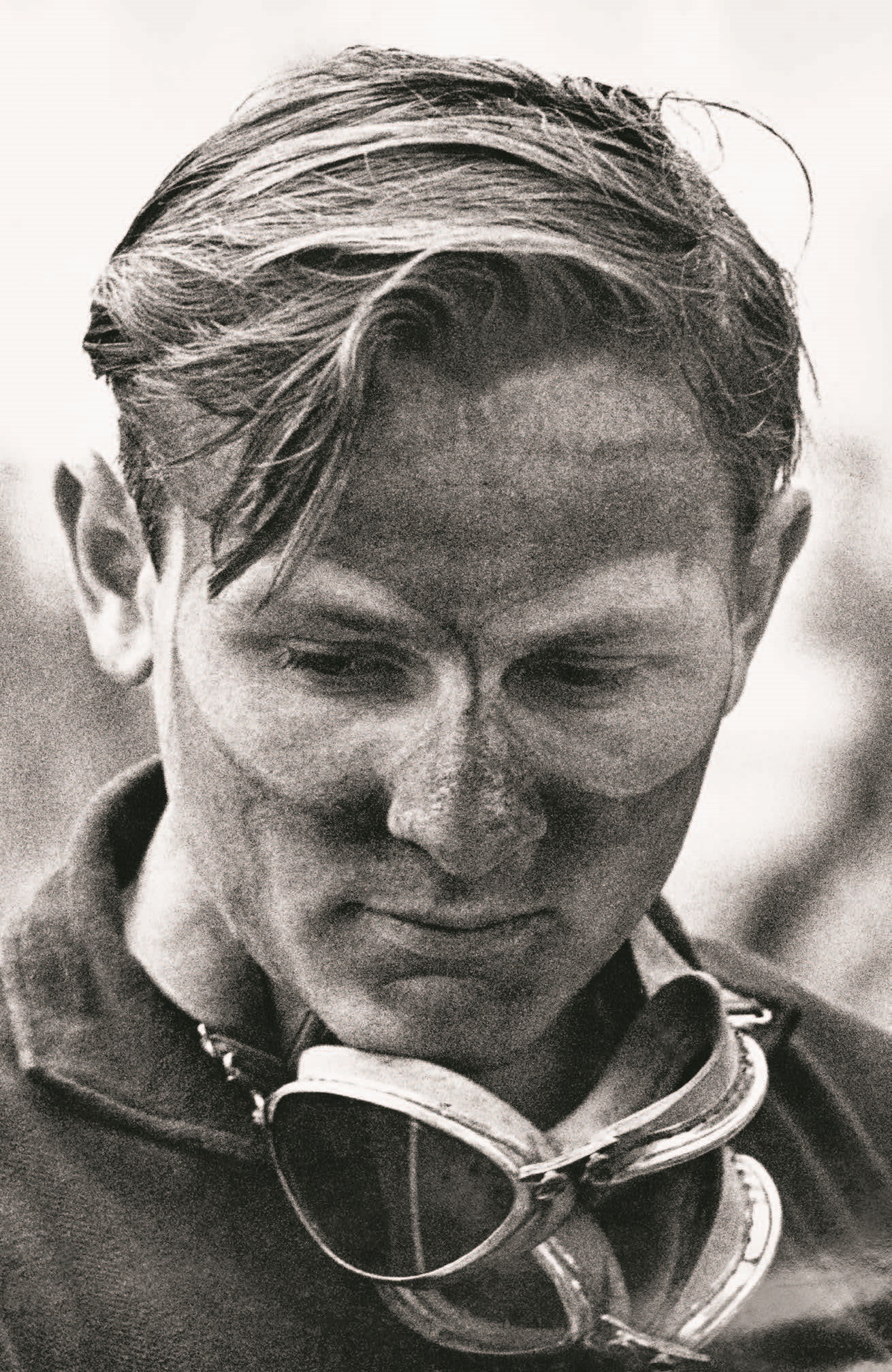
“With Formula One being all about the records and achievements, I felt I had to include as Moment No. 15 when Bruce McLaren became the youngest ever race winner, at the U.S. Grand Prix at Sebring on 12 December 1959. His record may have been beaten several times since then, but nothing ever equaled that McLaren’s record of winning at age 22 years and 104 days lasted for more than 40 years!”
“It was not beaten until Fernando Alonso won the Hungarian Grand Prix of 2003 at the age of 22 years and 26 days. Max Verstappen now holds the record after he won the Spanish Grand Prix in 2019 at 18 years and 228 days old – but his “impossible” moment in the book is when he became the youngest F1 driver at 17 years old.”
F1’s Most Successful Female Driver
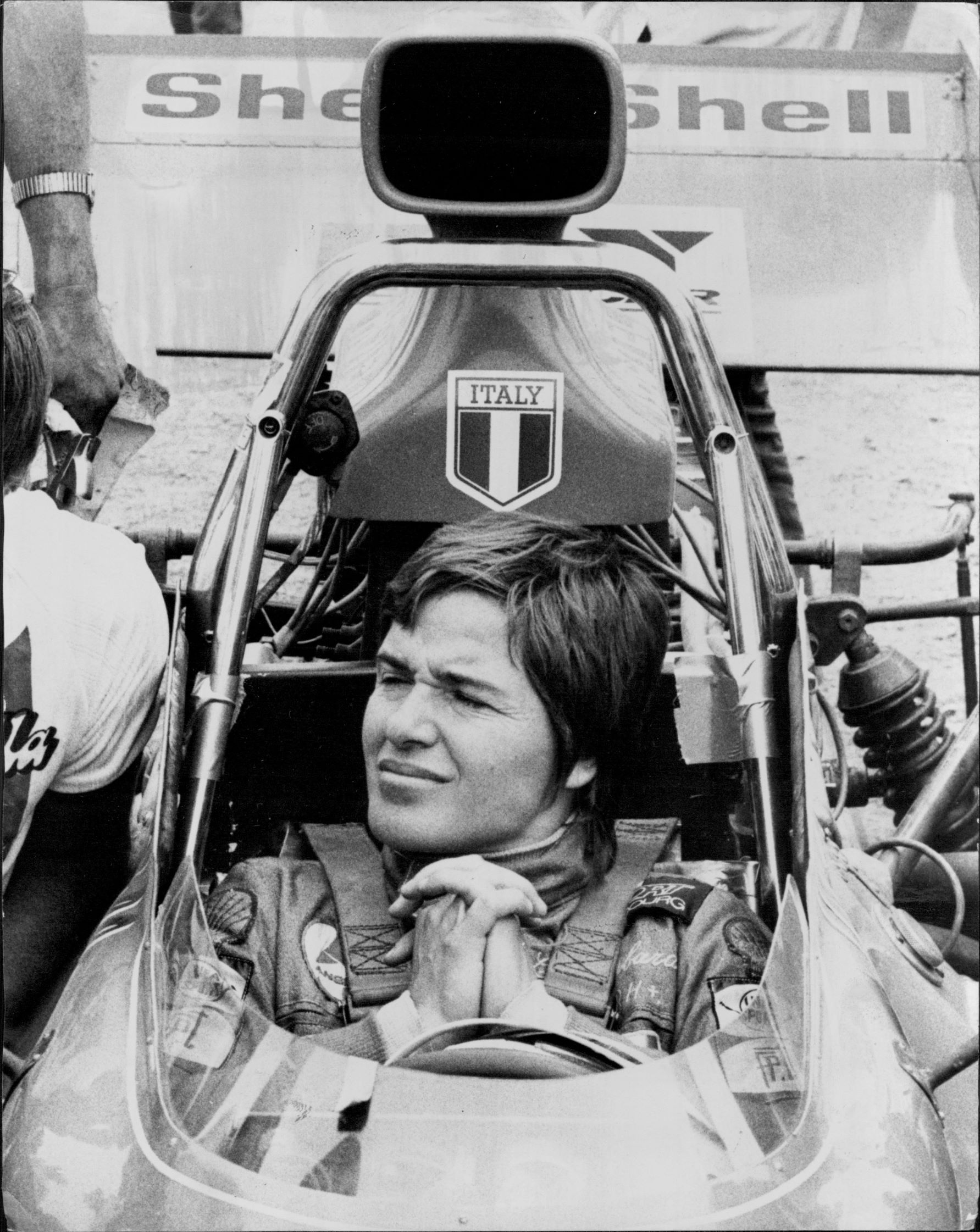
“Moment 34, April 27, 1975: Impossible, great, iconic…however a list of moments in an Assouline “Impossible collection” might be defined, I felt the list had to contain something about the greatest women competitors in a man-dominated series. There have only been a handful of women Formula One racers, but my challenge was in deciding between the best two of them. Since Maria Grazia “Lella” Lombardi was the only woman to have scored points in the series, the moment was hers.”
“Still, I could not mention her without also mentioning Maria Teresa de Filippis, who raced in several Grands Prix in the 1950s, and had a best finish of tenth at the Belgian Grand Prix of 1958. Making Lombardi’s moment even more “impossible,” though, was that she scored only half a point – as the race had been shortened – and thereby became the only driver ever to score only half a point in their whole career!”
Moncao Immortalized
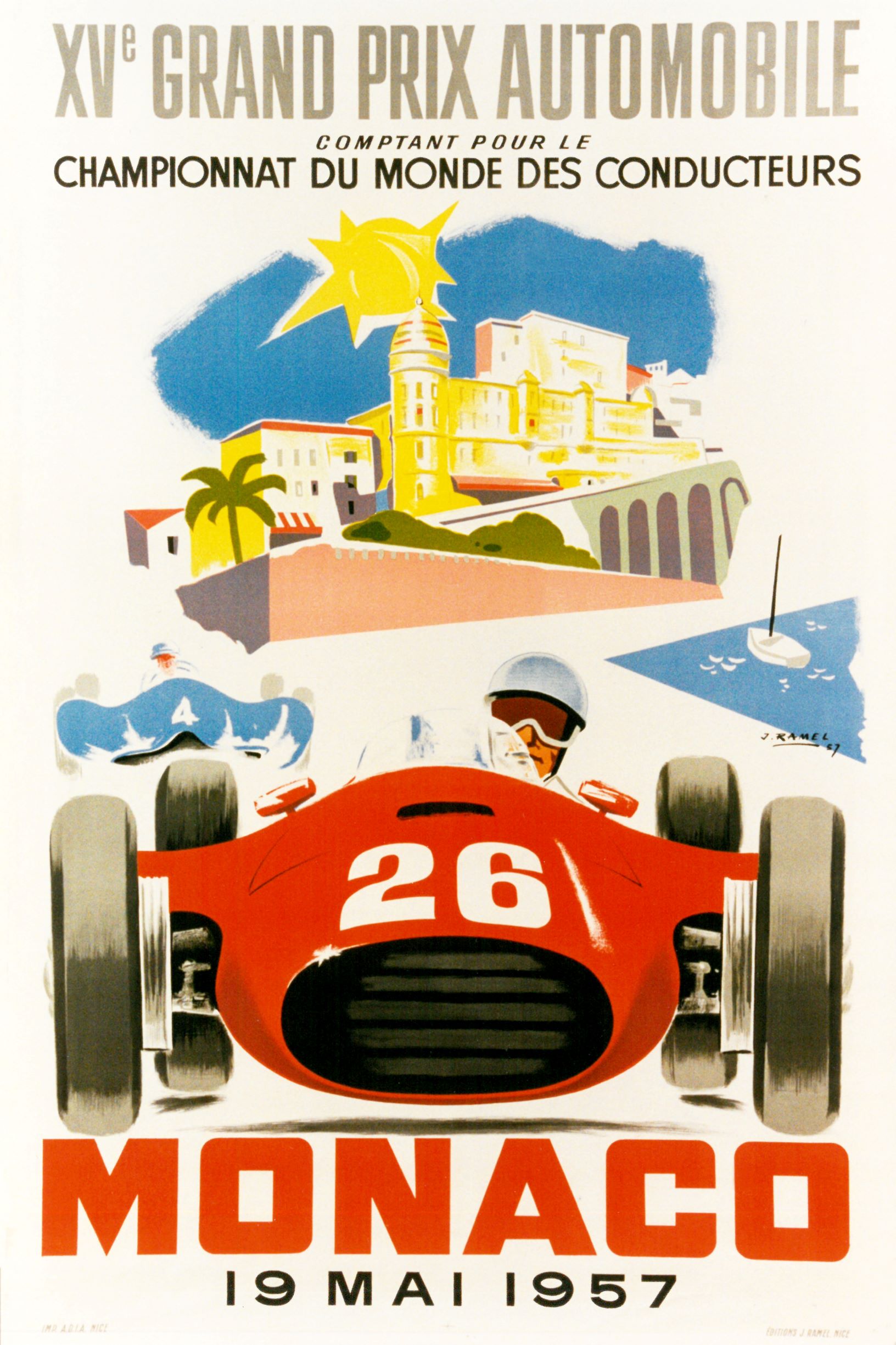
“The Monaco Grand Prix is not only the jewel in the crown of the Formula One series, the one race that every driver wants to win, and also one of the most iconic races in the world along with the Indianapolis 500 and the 24 Hours of Le Mans. It is also my favorite race to attend for its mix of spectacular track action, a city that signifies luxury and excess, great weather and the sea.”
“It also coincides usually with the Cannes Film Festival and so is invariably attended by stars – Brad Pitt, George Clooney and Cameron Diaz come to mind – making it the most glamorous of races as well. Although the Monaco Grand Prix features in the book in several moments, this poster of the 1957 race was not connected to a moment, but for an Assouline book –representing exceptional art and design – I loved the idea of having a retro poster like this one.”
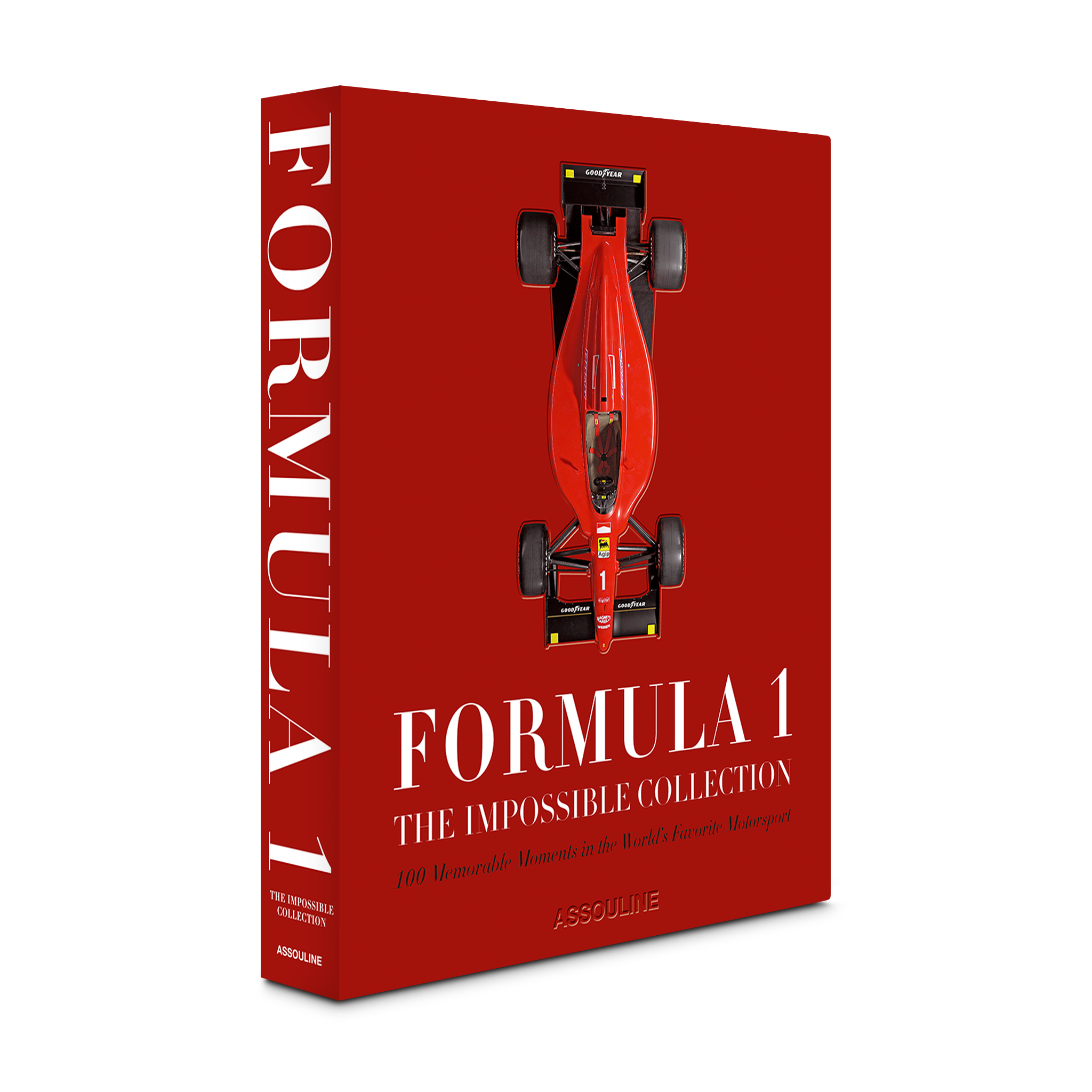
Priced at an F1-worthy $995, Formula 1: The Impossible Collection is available now.
